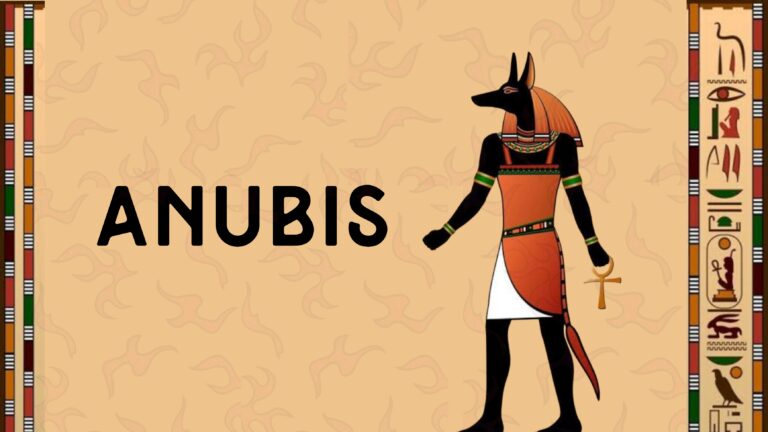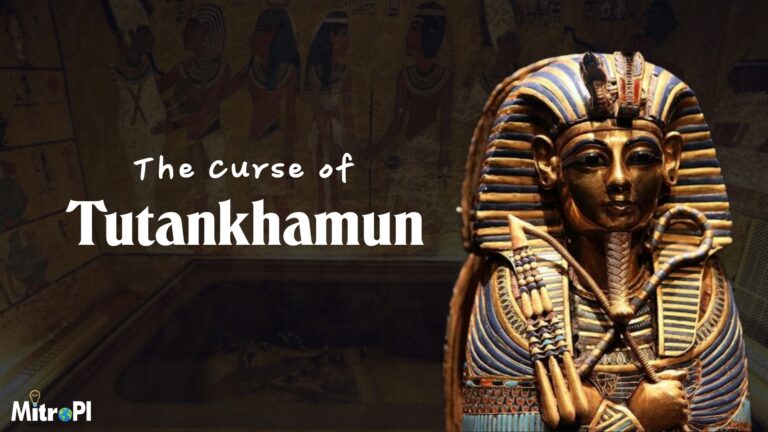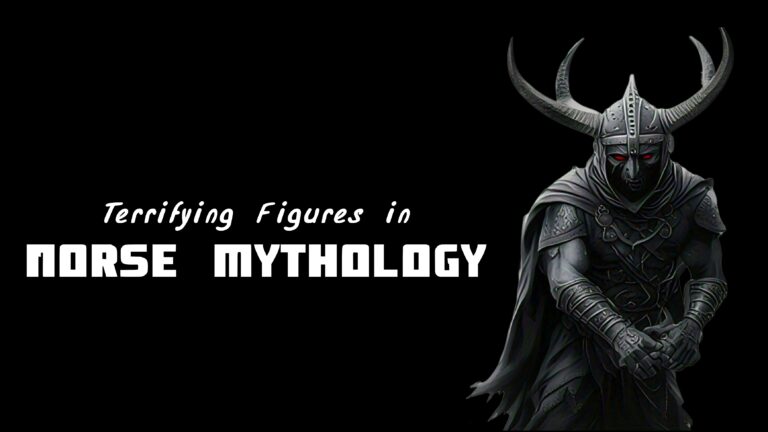Persephone is one of the most fascinating figures in Greek mythology, often referred to as the goddess of spring. But she embodies much more than just the beauty of flowers and lush fields. In ancient Greek culture, she represented the cycle of life, renewal, and the deep connection between nature and the human experience.
Mythological Origins
Born to Demeter, the goddess of agriculture, and Zeus, the king of the gods, Persephone’s lineage is quite significant. Her birth highlights the powerful maternal bond with Demeter and hints at her eventual role in the balance of nature, both light and dark. As the story goes, Persephone is the daughter of light, yet she spends a substantial amount of time in the shadows, representing the interplay of darkness and light in our lives.
The Duality of Her Existence
Persephone embodies a unique duality; she is both a vibrant goddess of spring and the queen of the underworld. This contrast reflects deep themes of love and loss, life and death. Hers is a story that reminds us how intertwined these aspects of existence can be, creating a rich tapestry of human emotion.
The Abduction by Hades
The Myth of Her Kidnapping
The tale of Persephone’s abduction begins on a seemingly normal day when she is picking flowers in a meadow. Suddenly, the ground opens, and Hades, the god of the underworld, emerges in his chariot to take her away. This moment changes everything for Persephone, pulling her away from the light and into the depths of the underworld.
Demeter’s Grief
When Demeter realizes her daughter is missing, her sorrow is palpable. She searches tirelessly for Persephone, neglecting her duties as the goddess of harvest. As a result, the earth becomes barren, and famine spreads among humanity. This powerful depiction of a mother’s love shows how deeply intertwined familial bonds are with the natural world.
The Role of the Other Gods
The other gods watch the drama unfold with varying degrees of concern. Zeus, recognizing the impending disaster due to Demeter’s grief, ultimately intervenes to broker a deal with Hades. His involvement illustrates the complexities of divine relationships in Greek mythology and the balance that must be maintained among the gods.
Persephone’s Transformation
Journey in the Underworld
When Persephone enters the underworld, her experience is initially daunting. But as time passes, she learns to navigate and understand her new realm. The shades of the deceased offer her companionship, and she discovers strength she never knew she had in the shadows.
The Consumption Pomegranate Seeds
The act of eating six pomegranate seeds becomes a pivotal moment in Persephone’s story. These seeds symbolize the binding ties to Hades and the consequences of her choice. They indicate that she will spend part of the year in the underworld, highlighting the balance between her two worlds.
Embracing Her Dual Role
Rather than viewing her dual existence with sorrow, Persephone grows into her duality as both a goddess of spring and queen of the underworld. This transformation is a beautiful reflection on embracing all aspects of self — light and dark, joy and sorrow — ultimately leading to her evolution as a strong and empowered figure.
Celebrations and Worship of Persephone
Festivals Dedicated to Persephone
In ancient Greece, the Eleusinian Mysteries were significant festivals dedicated to Demeter and Persephone. These rites celebrated the cycle of life and the changing seasons, inviting participants to experience the joy of spring’s arrival and the sorrow of winter’s departure. Such festivals highlight the emotional resonance of their narrative.
Art and Literature Inspired by Persephone
Throughout history, artists and writers have been captivated by Persephone’s story. From ancient vase paintings to modern literature and art, she appears as a symbol of beauty, complexity, and duality. These depictions remind us of her enduring influence on culture and creativity.
Her Legacy and Influence
Persephone continues to resonate in contemporary society, appearing in popular media, literature, and discussions about femininity, empowerment, and the cycles of life. Her legacy serves as a bridge between ancient beliefs and modern interpretations of identity.
Mystical Interpretations and Themes
Symbolism of Seasons and Nature
Persephone’s tale is intricately linked to the changing seasons, revealing how her journey mirrors the cycles of growth and decay in nature. When she returns to the earth in spring, life flourishes; when she descends to Hades, the world experiences winter, showcasing the deep connection between mythology and agriculture.
Themes of Feminine Power and Agency
Persephone stands as a powerful symbol of feminine strength and agency. Her story cannot be separated from the discussions surrounding personal autonomy and choice. It encourages us to reflect on the importance of consent and human connection, emphasizing her role as a multifaceted character.
The Cycle of Life and Death
At the heart of Persephone’s narrative is the cycle of life, death, and rebirth. Much like other mythological figures, she represents the inevitability of change. The story inspires us to embrace the transient nature of existence and find beauty in every phase of life.
Conclusion
Persephone’s tale remains a powerful narrative about hope, renewal, and the complexities of existence. Her story reflects the emotional spectrum of the human experience, encouraging us to embrace our own seasons of change. Whether in joy or sorrow, her legacy serves as a reminder of life’s interconnectedness.
FAQs
What is the significance of Persephone in Greek mythology?
Persephone represents the duality of life and death, embodying themes linked to agriculture and the cycles of nature.
How did Persephone’s myth explain seasonal change?
Her abduction by Hades and subsequent return to the earth symbolize the cycle of seasons, reflecting growth in spring and dormancy in winter.
What are the major artworks inspired by Persephone?
Artworks range from classical sculptures and vase paintings to modern interpretations in literature and visual art.
How is Persephone perceived in modern contexts compared to ancient times?
Today, she is viewed as a symbol of empowerment and femininity, often connected to themes of autonomy and resilience.
What lessons can we learn from her story today?
Persephone’s tale teaches us about embracing change and understanding the complex interplay between joy and sorrow in our lives.





Hi, I’m Jack. Your blog is a treasure trove of valuable insights, and I’ve made it a point to visit daily. Kudos on creating such an amazing resource!